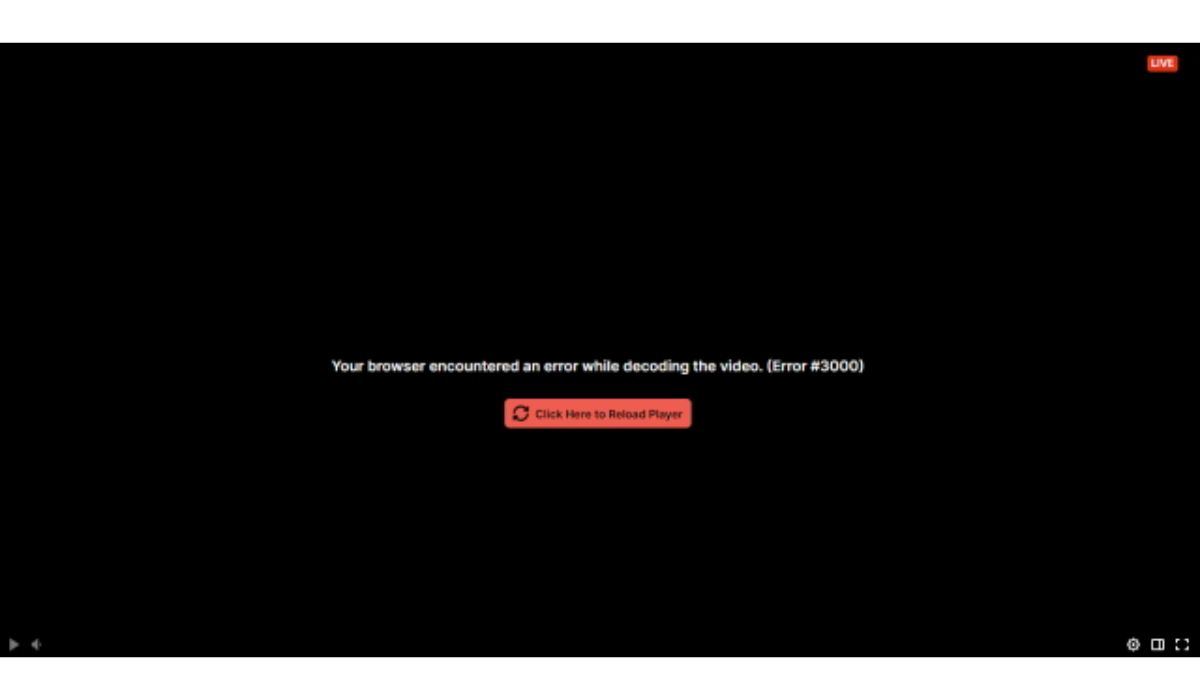Python continues to reign as one of the most popular programming languages in the realm of data analytics. For years, Pandas has been the go-to library for data manipulation and analysis. It has served analysts, data scientists, and engineers well, offering intuitive and powerful tools for handling structured data. However, as datasets grow larger and the demand for speed and scalability increases, a new challenger has emerged: Polars.
By 2025, Polars is not just an up-and-comer—it’s rapidly gaining ground. Thanks to its performance advantages, syntactic pragmatism, and modern design, Polars is now a serious contender for anyone working with data in Python. This article explores the evolution from Pandas to Polars, comparing their capabilities, and examining why many are making the switch.
Why Pandas Became the Standard
Pandas, released in 2008, brought a revolution to data handling in Python. For over a decade, it was unrivaled in popularity, thanks to features like:
- DataFrame structure: allowing intuitive table-like data manipulation
- Rich I/O support: reading from and writing to CSV, Excel, HDF5, and SQL databases
- Descriptive syntax: readable and Pythonic, ideal for beginners and experts alike
However, Pandas has some limitations, especially when it comes to large datasets. The library is fundamentally single-threaded and relies heavily on NumPy, which means it struggles with parallelism and memory-efficient operations at scale.
As data sizes transition from megabytes to gigabytes—and even terabytes—Pandas users increasingly experience performance bottlenecks. That’s where Polars steps in.
Enter Polars: An Apache Arrow-Based Marvel
Polars emerged as a high-performance DataFrame library designed from the ground up for speed. Developed in Rust, a systems programming language known for its safety and concurrency strengths, Polars takes advantage of modern computing hardware.
Here are some of the key advantages that are making Polars a favorite in 2025:
- Multi-threaded execution: Handles queries using all CPU cores, boosting performance on large datasets
- Zero-copy memory model: Built on the Apache Arrow columnar memory format, which avoids unnecessary duplication of data in memory
- Lazy evaluation engine: Operations are optimized and executed all at once rather than step-by-step
- Language-agnostic core: The core is written in Rust, with bindings in Python, supporting portability and high performance

Pandas vs. Polars: The 2025 Comparison
Let’s break down how these two libraries compare across different dimensions that matter to data professionals:
1. Performance
Pandas can handle moderately large datasets, but its performance degrades with increasing data size, particularly due to its single-threaded nature. Polars, on the other hand, uses all cores of your machine and showcases performance that’s often 2-10x faster depending on the operation.
2. Syntax and Usability
Pandas is beloved for its simplicity and expressive syntax. Polars adopts a more functional and less implicit style. For example:
# Pandas
df[df['value'] > 10]
# Polars
df.filter(pl.col('value') > 10)
While initially different, Polars’ syntax feels natural once users adjust, especially if they have a functional programming background.
3. Memory Efficiency
Pandas can consume significant memory, especially due to its eagerness in evaluating operations. Polars, with its Arrow-backed architecture and lazy evaluation, is much more memory-efficient.
4. Lazy vs Eager Computation
Pandas always uses eager execution: each operation is performed immediately. Polars offers both eager and lazy APIs. The lazy API enables query optimization and pipeline fusion, minimizing the total number of transformations required—making it ideal for complex workflows.
5. Ecosystem Integration
Pandas has the advantage of maturity and community. It’s deeply integrated with popular Python libraries such as Matplotlib, Scikit-learn, and Statsmodels. Polars is catching up fast. Thanks to the shared reliance on Arrow, interoperability is improving across the ecosystem, including with libraries like PyArrow and DuckDB.
The Rise of Polars in Production
In 2025, companies dealing with massive datasets—especially in fields like finance, online retail, genomics, and IoT—are running Polars in production for data preprocessing, feature engineering, and even ETL pipelines. The combination of speed and simplicity equips data teams to turn raw data into insights faster than ever.
Moreover, cloud platforms like Snowflake and BigQuery are investing in Arrow-based interoperability, making it even easier to snack on huge datasets in-memory with Polars right in your Jupyter notebook.

Learning Curve and Migration Considerations
For Pandas users who are considering migrating to Polars, here’s what to keep in mind:
- Syntax Shift: There is a reliable mapping of concepts, but a shift in mindset is required from object-oriented to more functional/stateless paradigms.
- Tooling Support: Jupyter and other IDEs are beginning to offer improved support for Polars. Autocompletion and docstring integrations are improving steadily.
- Community Resources: While Pandas still has a larger community, Polars is supported by growing documentation, tutorials, and open-source contributions as of 2025.
Polars developers have also introduced ‘Pandas-like APIs’ to ease the transition. This ensures that analysts can get up and running without fully re-learning how to think in code.
Looking Ahead: Room for Coexistence?
Despite the surge in Polars’ adoption, there is likely to be long-term coexistence between Pandas and Polars. Each has strengths:
- Pandas remains the most accessible for teaching and quick prototyping.
- Polars excels at high-performance production workloads.
Many data professionals in 2025 use both: start with Pandas for exploration, and transition to Polars for transformation pipelines. Furthermore, as libraries and databases adopt Arrow as a lingua franca for tabular data, the switch between pandas and polars becomes seamless.
Conclusion
In the ever-evolving world of data analytics, performance is king—and modern tools like Polars are enabling a new class of possibilities for data professionals. While Pandas isn’t going anywhere anytime soon, the future of high-volume data analytics in Python seems increasingly destined for Polars-powered workflows.
Whether you’re a data scientist at a tech company or an analyst in finance, if you’re grappling with performance bottlenecks in Pandas, it may be time to explore what Polars can offer. Faster execution, lower memory usage, and modern optimizations make it not just a Pandas alternative—but potentially its long-term successor.
The bottom line: Pandas walked so Polars could fly.



